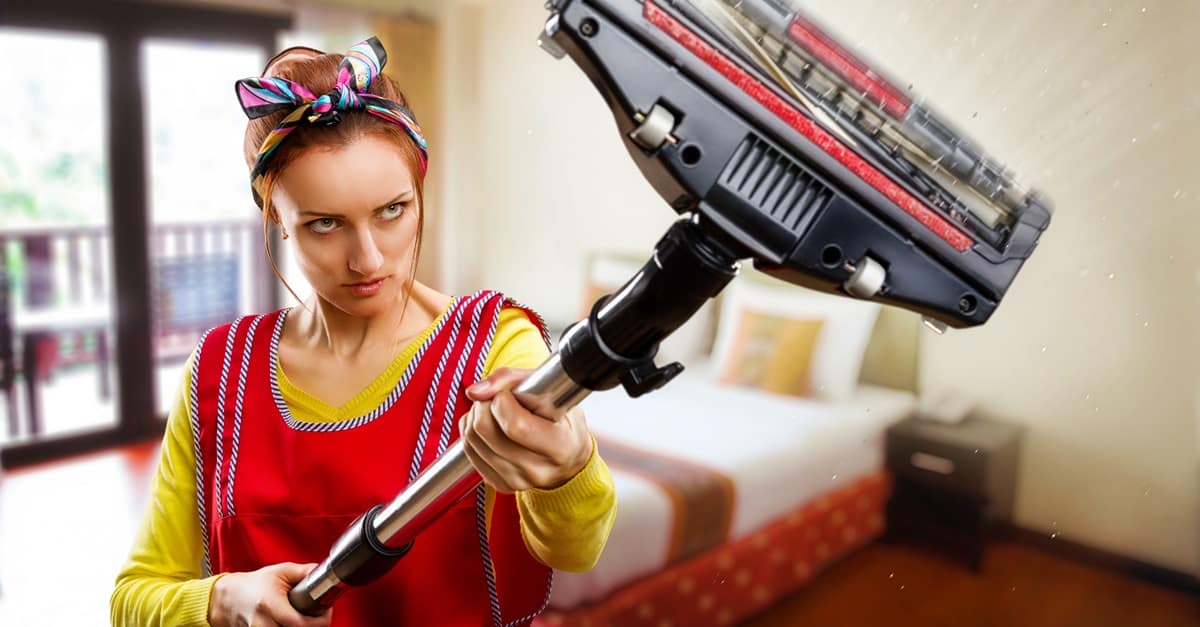Conduct this simple test: Go to an entry area and separate the tufts from your rug or carpet. Moisten your finger and press it to the backing between the tufts. Now examine your fingertip. If no gritty soil has adhered to your finger, you can relax and stop reading. However, if there is some gritty soil present, then read on and hope that your rug or carpet isn’t worn out before you finish.
Amusing? Perhaps, but what isn’t amusing is replacing your rugs or carpets years prematurely because of worn out entry areas. It’s especially frustrating when you consider that the key to rug and carpet life is found in your broom closet – if that’s where you keep your vacuum cleaner.
Let’s examine a few steps you can take to remove soil using proper vacuuming equipment.
Canister or Upright?
What type of vacuum is best? There are two basic types: canister and upright. The canister vacuum is used on upholstery, drapery, and hard-surface floors only. Without brush agitation, the airflow alone generated by a canister vacuum removes only surface soil from rugs and carpet. Do you already have a canister vacuum? No worries. Most of these units come with a powerhead attachment that may be purchased and used with your existing equipment.
The upright vacuum, on the other hand, is designed to lift or vibrate soil (hair, lint, strings, dust, and sand) into the air stream within the vacuum nozzle, where it is picked up and deposited into a recovery bag. A top-filled configuration ensures unimpeded airflow, even when the bag is nearly full.
It is interesting how the essential key to extended rug and carpet life – the home vacuum – is readily available to all homeowners. With a little care in selection and routine use, you can greatly extend the life of your carpet investment.


